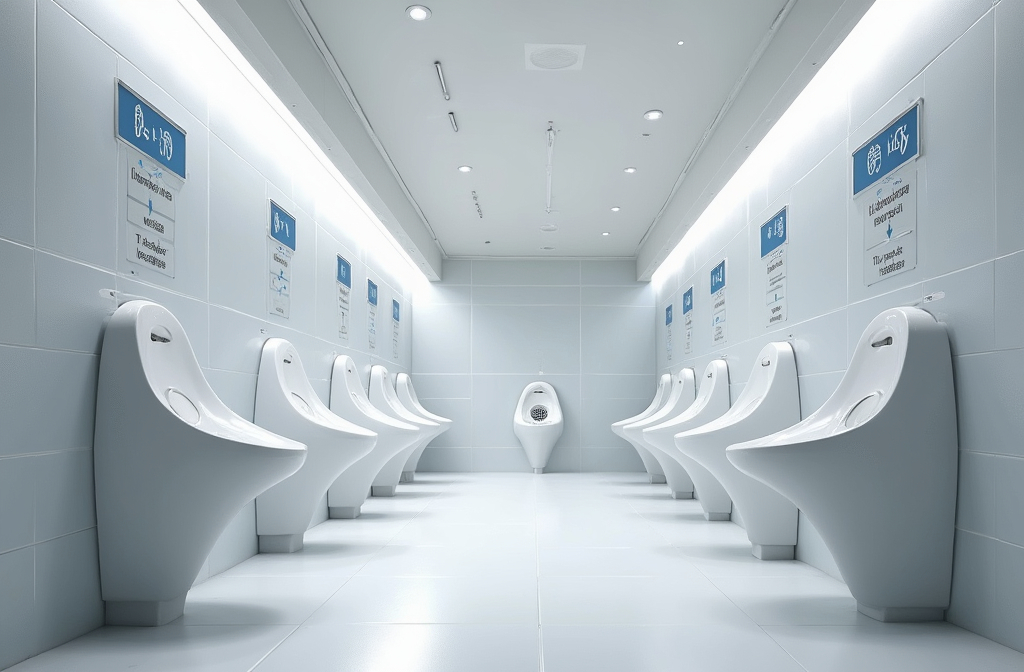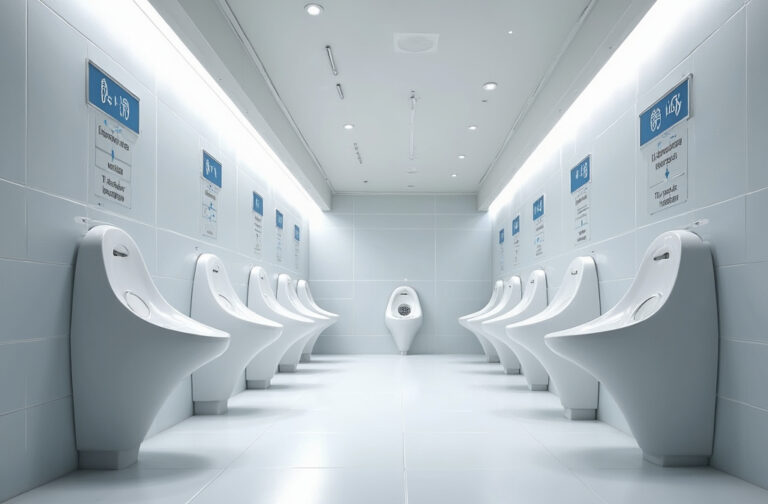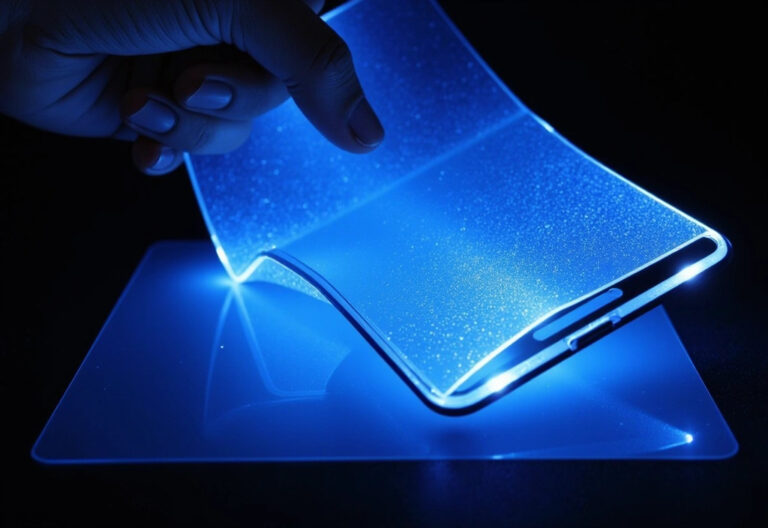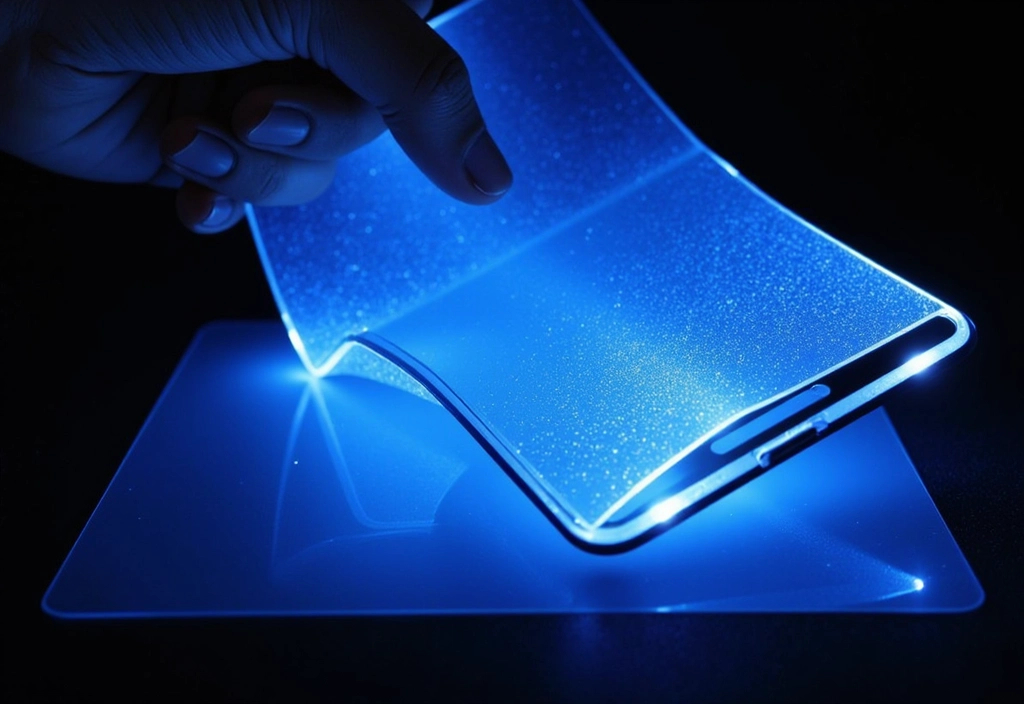A 100-Year-Old Problem Finally Solved by Physics
Urinals are a staple of public restrooms. They save space and speed up bathroom traffic. But they’ve had one major flaw for over a century: splashback. That moment when droplets bounce back onto the user and floor doesn’t just cause embarrassment—it creates unhygienic conditions, fuels bad odors, and drives up cleaning costs.
Now, a team of researchers has brought urinal design into the 21st century by applying fluid dynamics to engineer a splashless urinal. Their work could significantly improve hygiene, reduce water and chemical use, and cut down on custodial labor—while keeping public bathrooms cleaner for everyone.
The Physics of Pee: Why Splash Happens
When urine hits a surface, especially at a steep angle, it causes droplets to scatter. These droplets can travel far and fast, contaminating floors, walls, and even the user’s clothing. While urine itself is mostly sterile, the surfaces it lands on become breeding grounds for bacteria and ammonia buildup.
In the U.S. alone, it’s estimated that over 1 million liters of urine splash onto restroom floors every day. That’s not just gross—it’s expensive. For example, Toronto’s subway system spends over $120,000 CAD per restroom annually just on cleaning.
The Critical Angle: Where Splashback Disappears
The researchers discovered that splashback can be almost entirely eliminated by controlling one key variable: the angle at which the urine stream hits the urinal surface. They identified a “critical impinging angle”—if the stream strikes the surface below this angle, over 95% of splash is suppressed.
They validated this with high-speed cameras and simulations. Then they got to work designing urinals that always keep the stream below that critical angle, no matter the height or aim of the user.
Meet the Cornucopia and Nautilus: Urinals Engineered by Math
Two new designs emerged:
- Cornucopia Urinal: Shaped from solutions to differential equations in the vertical plane, it looks like a deep, contoured shell that guides the stream at ideal angles. Best for fixed-height users.
- Nautilus Urinal: Inspired by the spiral of a seashell, this design ensures splashless interaction for users of any height—including children and people in wheelchairs. It exceeds accessibility standards while being easier to clean and install in public settings.
Tests showed these designs reduced splash to as little as 1.4% of what’s seen in standard urinals. That’s a game-changer.
Big Gains for Public Health and the Planet
Replacing traditional urinals with these physics-based models could:
- Prevent millions of liters of urine from landing on floors daily
- Save up to 10 million liters of water per day used in cleaning
- Cut down on cleaning chemicals and janitorial labor
- Improve restroom hygiene and odor
- Make bathrooms more inclusive and accessible
And all this is achieved without electronics or coatings—just smart geometry.
Bonus: The “Urine-No” Anti-Pee Wall
The same physics used to eliminate splashback can be used to maximize it—a design called the “Urine-No.” It’s a hostile wall surface meant to deter public urination by reflecting the stream right back at the offender. Funny? Yes. Effective? Absolutely.
Conclusion: The Future of Clean, Green Restrooms
Public restrooms might not be glamorous, but they’re essential to modern life. With splashless urinal designs like the Cornucopia and Nautilus, we can make these spaces cleaner, safer, more sustainable, and more dignified for everyone. It’s a small change in design with a huge ripple effect.
Check out the cool NewsWade YouTube video about this article!
Article derived from: Kaveeshan Thurairajah, Xianyu (Mabel) Song, J D Zhu, Mia Shi, Ethan A Barlow, Randy C Hurd, Zhao Pan, Splash-free urinals for global sustainability and accessibility: Design through physics and differential equations, PNAS Nexus, Volume 4, Issue 4, April 2025, pgaf087, https://doi.org/10.1093/pnasnexus/pgaf087















